Space is, with Cyber, one of the new defence domains. Although apparently better understood than Cyber, there remain major misconceptions about space-based systems among many in the defence commentariat.
As is generally understood, defence space-based systems have for long been divided into three main areas of operation: communications, intelligence/reconnaissance, and global navigation satellite systems (GNSS).
This article was submitted to the UK Defence Journal by Rebecca Campbell. Rebecca is British and permanently resident in South Africa, where she works as a science and technology journalist, covering, among other things, the aerospace, defence and nuclear sectors. She has a MA degree, with distinction, in International Relations from the University of the Witwatersrand in Johannesburg. Her thesis was entitled Armed Forces as Instruments of Foreign Policy: Some Case Studies. This paper is entirely her own opinions and does not reflect the views of her employers. Rebecca Campbell is not, and never has been, on Twitter or Facebook.

But, as these systems have increased in number and importance, interest in neutralising or outright destroying them has become increasingly prominent, initially by using ground-based or ground-launched systems, but now also by using other spacecraft. This last aspect of the space defence domain could be designated “combat”, but perhaps the old Soviet secret police euphemism ‘active measures’ might actually fit better, as combat would still be a misleading term.
In an era of increasing uncertainty, including domestic political turbulence within even major allies, the UK needs its own comprehensive sovereign space defence capabilities. Space has become essential to defence and so cannot be “contracted out” to allies anymore.
Britain recognised early the importance of space for strategic military communication, launching its first such satellite, Skynet 1A, in November 1969. The Skynet programme continues to this day and will continue well into the future (1). But the UK eschewed spy satellites until March 2018, when the Carbonite-2 satellite for the RAF was launched (2). Prior to that, Britain had relied on US spy satellite imagery. This was a most important development.

However, spy satellites are much misunderstood. To achieve high resolution for their sensors, whether optical, radar or infrared, they have to occupy low Earth orbits (LEOs). A LEO lies from about 180 km to 2 000 km above the Earth’s surface (3). Spy satellites would be in the lower levels of such orbits. The US KH-11 spy satellite is reported to orbit at some 200 miles/322 km and have an imagery resolution of five to six inches/12-15 centimetres (4). But satellites in such low orbits move fast, travelling over the ground at a rate of some 7.8 km/s, or 468 km/min, or 28 000 km/h! They take just 90 minutes to circle the Earth (5). So a spy satellite overpass of a target is measured in minutes. Manoeuvring a spy satellite burns its limited and precious fuel supply, so can only be done for really important objectives. And, as the satellite orbits, the Earth rotates under it, so when the satellite comes over on its next pass, it no longer passes over the same places on the Earth’s surface that it did on its previous orbit.
Depending on the inclination (angle relative to the equator) of its orbit, it looks like the most frequent overpass of a spot on the Earth’s surface achievable by a single spy satellite is once every 12 hours. A lot can happen in 12 hours. An aircraft carrier, sailing at 20 knots in open ocean, could have moved 240 nautical miles in any direction. Moreover, optical spy satellites cannot see through clouds; infrared sensors can be mislaid by confusing civilian heat sources as well as by decoys, and neutralised by infrared emission suppression technologies; and radar can be misled by radar-absorbent material, radar-reflectors and stealth design. And then, of course, there is the question of how do they transmit their imagery securely to base? They must either overfly their home country (or a close ally) and downlink it, or use a relay satellite.
This imposes a time lag, even if it is measured in just minutes. The imagery then has to be analysed, which imposes an even greater time lag, before any action can be taken. All these factors greatly reduce the ability of spy satellites to provide significant and actionable tactical reconnaissance data. On the other hand, these drawbacks are far less of a problem in gathering strategic intelligence, when there is usually the time available to accumulate data from multiple scheduled overpasses of desired targets, and to wait for the satellite to overfly friendly territory and downlink its data, and for thorough analysis of that data.
Of course, if you increase the number of your spy satellites, you decrease the time between overpasses of any fixed target. But traditional spy satellites are far too expensive to allow their acquisition in significant numbers. However, space technology has made enormous advances in the past 20 years. Miniaturisation has revolutionised the capabilities of small satellites and small imagery payloads, massively reducing costs in the process. The RAF’s Carbonite-2 is reported to have an imagery resolution of one metre as well as being able to provide high-definition video clips (6). This is more than adequate for the vast majority of intelligence purposes.
The UK needs its own spy satellites because the major ‘disruptors’ of the current international order, Russia and China, are continental-scale countries. Satellites are the only way to reliably observe what is going on within their territories. Iran, although a much smaller country, still has a substantial land area, while North Korea is so hermetically sealed that again satellites are the only way to observe what is going on, in terms of strategic infrastructure, military developments and deployments, in that country.
Then there is the matter of global navigation satellites systems (GNSS), such as America’s Global Positioning System (GPS) or Europe’s planned Galileo system. Given the turbulence and stresses within both the US and European Union, and given the major investments Britain has already made into GNSS (originally for Galileo), it makes sense for the UK to develop its own national system. Nor must the importance of space-based terrestrial weather forecasting for the planning of military operations be forgotten. And in any future conflict with a peer foe, these assets would have to be protected, in one way or another, from disruption by those foes, and lost assets would need to be rapidly replaced. And the neutralisation of hostile space assets would also be a desirable capability.
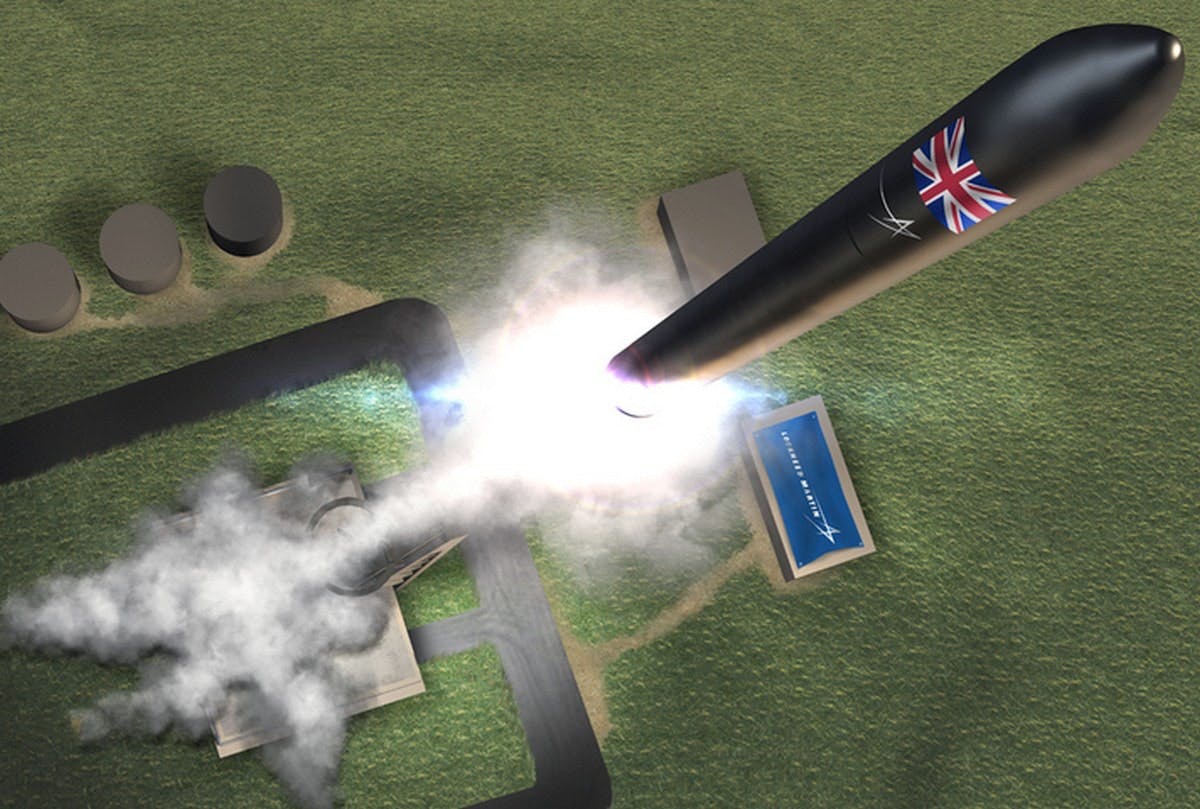
Once upon a time, acquiring any, let alone all, these capabilities would have been staggeringly expensive. But let me reiterate: the technological revolution wrought by digitalisation, miniaturisation, advances in processing power, and so on, have revolutionised the space sector, driving down the size of satellites and their onboard systems and sensors. In the US, SpaceX is routinely using reusable rockets. Costs have fallen dramatically. Civil Earth observation technologies are now so good that they have real, indeed great, value as strategic reconnaissance and intelligence assets. (Just buying civil imagery has two problems: its supply cannot be guaranteed, and the need to hide what precisely the UK was looking at would require the purchase of vastly more imagery than actually required and might, even then, fail to obscure the area of interest.)

Britain now has affordable options for military space systems. The country also has the necessary technologies and facilities or is busy developing them (small satellites, low Earth orbit launch rockets, spaceports), with most of the money coming from the private sector but supported by some strategic government investments and, most importantly, by enabling legislation and regulation.
Over the past decade, British governments have become increasingly space-minded and space-friendly, and this recently reached an unprecedented scale when the government partnered with Indian group Bharti to buy the OneWeb global satellite internet communications company and its satellite production line. OneWeb can provide the basis for fulfilling multiple UK government objectives, civil and defence both. It could ensure total national civil broadband internet coverage for the UK (and UK possessions). It could provide the same service, globally, for the British armed forces. It might be possible to adapt the basic OneWorld satellite design to carry imagers, allowing Britain to deploy numerous cheap but effective spy satellites.
And of course there is the possibility of fitting the OneWeb satellites with the necessary devices to allow them to double-role as a GNSS. This concept has been criticised as impractical because the OneWeb constellation is a LEO constellation. But this criticism displays a lack of historical knowledge. In a paper for the Royal Aeronautical Society, Pat Norris (7) pointed out that the world’s first GNSS, America’s Transit system, used LEO satellites. (The USSR’s counterpart system, Cicada, also used LEO satellites.) Norris explained that GNSS satellites are basically clocks in space which broadcast their location and the time to their users; their locations are determined by ground stations and broadcast to the GNSS satellites which then rebroadcast this information to their users. The lightweight, compact, robust, less-power-requiring solid-state clocks that could be fitted to OneWeb satellites would indeed be less accurate than those carried by the GPS and Galileo satellites. But the OneWeb GNSS would be ‘good enough’ for the vast majority of both civil and military requirements. The US Defence Advanced Projects Agency reports that the Transit system achieved and accuracy of tens of metres – using 1960s technology! That suggests than a OneWeb-based GNSS could achieve accuracies of just a few metres. Moreover, while the GPS constellation has 24 satellites (the system can accommodate up to 30), Galileo is planned to have 30 satellites and Russia’s Glonass GNSS needs 24 to be fully operational, Britain could have scores, even hundreds, of satellites in its GNSS, giving huge resiliency and making it almost impossible for a foe to destroy or severely disrupt it. (The original OneWeb plan was for a constellation of 650 small satellites.) But Britain will have to develop the necessary ground system. As with Cyber, defence will have to make a fair share of the necessary investment.

Having large numbers of small satellites, whether for communications, GNSS or imaging, automatically provides great resilience and significant protection against hostile action. But the UK must also develop offensive space capabilities – not anti-satellite missiles, which only spread debris which would endanger own and friendly spacecraft, but systems like jammers, or ground-based systems that permanently disable but do not destroy hostile satellites, or hunter-killer satellites that grapple enemy satellites and force them down, out of orbit, and into the atmosphere, to burn up and leave no debris in space.
To sum up: space is essential to the defence of the UK. Britain must increase its spending on all aspects of space defence. And, as with Cyber, taking money away from traditional defence requirements and domains and spending it on space is not weakening defence. It is strengthening defence.
References
- www.gov.uk/government/news/defence-secretary-announces-boost-for-multi-billion-pound-skynet-6-programme, accessed 25/04/2020.
- www.airforce-technology.com/british-rafs-carbonite-2-satellite-launched-space/, accessed 25/04/2020.
- “Catalog of Earth Satellite Orbits” https://earthobservatory.nasa.gov/features/OrbitsCatalog, accessed 25/04/2020.
- “What is a keyhole satellite and what can it really spy on?” https://science.howstuffworks.com/question529.htm, accessed 25/04/2020.
- “Types of Orbits” www.esa.int/Enabling_Support/Space_Transportation/Types_of_orbits, accessed 25/04/2020.
- www.sstl.co.uk/space-portfolio/launched-missions/2010-2020/carbonite-2-launched-2018, accessed 25/04/2020.
- Pat Norris “OneWeb and the UK – a wise investment?”, Royal Aeronautical Society www.aerosociety.com/news/oneweb-and-the-uk-a-wise-investment/ accessed 11/07/2020; see also www.darpa.mil/about-us/timeline/transit-satellite, accessed 9/08/2020 and www.glonass-iac.ru/en/guide also accessed 9/08/2020.


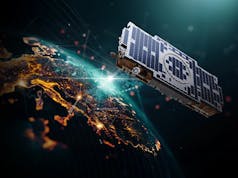
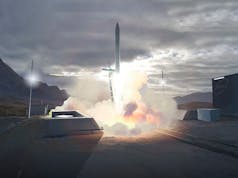


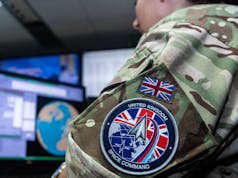
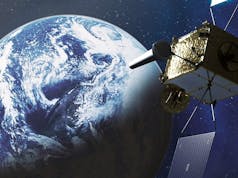
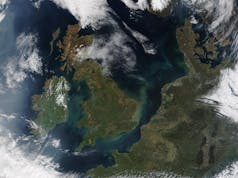


Such a Great Thread to comment on Chaps…… Have fun We’ll all be watching……. Can’t wait to see the Trolls……
Do trolls live in space?
I’m surprised you don’t know. They Klingon to passing flying Black Pigs.
Space trolls…..lol
Explains why it’s still very difficult to track warships in open ocean that don’t want to be found, as some have used the satellite tracking argument, which why anti ship warfare is still very complex to pull off.
That’s an accurate perspective for today, for the reasons the article outlined. Its likely to be the case for a while yet. But it becomes significantly less so if we are talking 100’s of satellites in a decade or so, with any specific location on earth’s surface under continuous surveillance, with data reported back using low latency inter-satellite communications.
There will still be the challenge of cloud obscuring targets, IR and radar confusion, electronic emissions spoofing, funnel emissions reduction, etc. But its going to be much harder to stay “out of sight” for long with increased processing and modeling of captured data, tied into additional air, surface and sub-surface persistent surveillance to fill out the picture.
I have been looking at the MOD’s budget again and Cyber and Space effectively mean the UK is now short of both people and cash to the tune of circa 50k people and needs at least £52bn pa to effectively set up world class space and cyber (probably more)
Space is not cheap, never has been and although costs have come down we need to make substantial investment and see it through, this involves new infrastructure, strategic purchases (which we have done thanks to mr Cummings) and really good (ie: expensive) people. £10bn pa will almost certainly be required to get us into the game, fortunately as the author has referenced, barriers to entry have reduced, but its still an expensive gig.
Cyber requires less capital investment but is people intensive, the uk could do with 8 or so leading edge super computers and again this will cost circa £4bn pa to set up a credible force.
Both will require forces of 20k people – and I suspect HMG are looking at a few hundred whilst telling everyone we are world class
there is a real opportunity here for us, lets hope we take it.
We should be funding the Reaction Engines project. We could become the major power in Space because we have a reusable rocket plane, flying mach 5 in atmosphere, mach 25 outside, with 15 tons of payload. We could do all this and more but nah, let’s fund a bloody railway for £200bn
Yes exactly.
Not going to get millions of Britain’s home at rush hour though is it. High-speed rail is good enough for France, it’s good enough for us. My only problem with HS2 is we didn’t build it 20 years ago.
Driverless technology is rendering railed transport redundant: companies like Hitachi et al are already producing demonstrators for a number of scenarios.
From their point of view it is a no-brainer: they get to sell us £100billion+ of old tech – and then get to do it all over again in 20/30 years time when all the lines are being pulled up. Ironically some railed transport will survive for steam locomotives serving tourism
Driverless tech doesn’t render railed transport redundant – they are mutually exclusive concepts. I think you’ll find that HS2 is being designed with driverless technology in that the trains will be able to operate automatically – it will be next gen compared with everyone else. The main point of railed transport is to take traffic off the roads by creating capacity and speeding up journeys between large UK cities.
I have a couple of other concerns about HS2, but I agree with you that it is in principle a good idea.
While I’m not a crazy socialist I do have to wonder why, at a time of historically low interest rates, the government doesn’t decide to do both though…
Timely article which introduces a concise, encompassing summary very relevant to our interests. Look forward to periodically reverencing its subject matter as the UK develops its future military capabilities.
I agree. Its an excellent article to enable those who don’t track this stuff up to speed on why space is so important for UK defence.
The UK cannot afford not to be in space: the UKs attitude to space was influenced, like so much else, by an attitude of “Declinism” in Government and the Civil Service. A Declinism fostered by a profound ignorance of science and engineering and an enervated decadence: they neither had the skills or the inclination to make any effort at all.
Terrific article. Loved the background knowledge on spy satellites. Very educational
We need to get the basics done much better first. Such as decent AShMs when many countries have built & deployed their own supersonic+ ones while we labour on with outdated Harpoons & it’s c10 years before our next generation Perseus will become operational. Finally regenerating MPA after a long capability gap. T31 Frigates which will be outgunned by most fast attack craft. MBT capability in danger of being dropped.(Back in the 1950’s people thought everything would be done by missiles, so dropped guns from aircraft until the folly was finally realised when the latest fighters found themselves seriously disadvantaged without guns. I think MBTs will still have a valuable role & it’s short sighted to abandon them).
Great article, the stake share in OneWeb was a great idea. The UK government and Airbus should definitely play hardball and get the production lilne moved to the UK from Florida. Nothing against Floridians, but if the UK taxpayer bailed the company out, then UK citizens get the benefit.
One thing about GNNS, OneWeb’s constellation is for ~800 LEO satellites, but also for ~1200 MEO satellites- which would be far better placed to deliver that capability.
I notice the Yanks are investing in LEO to track hypersonic missiles. I wonder if some of the OneWeb satellites included this capability, we could do this on the cheap.
Hi everyone!
Many thanks for the wonderfully constructive comments.
Glass Half Full – you’re right: space-based sensor network systems will get better, faster. But countermeasures and decoys will also get better. And “active measures” against opposing spacecraft will become more practical and effective. It’s the age-old measure-countermeasure cycle. And Britain has to be a player, precisely because these developments are very likely. To repeat: space is now far too important to defence to be contracted out to allies.
Rebecca
What’s the betting that much will be made of this but nothing huge will ever emerge, we’ll fall behind and end up either trying to maintain a minimal capability at high cost or tag onto someone else’s?